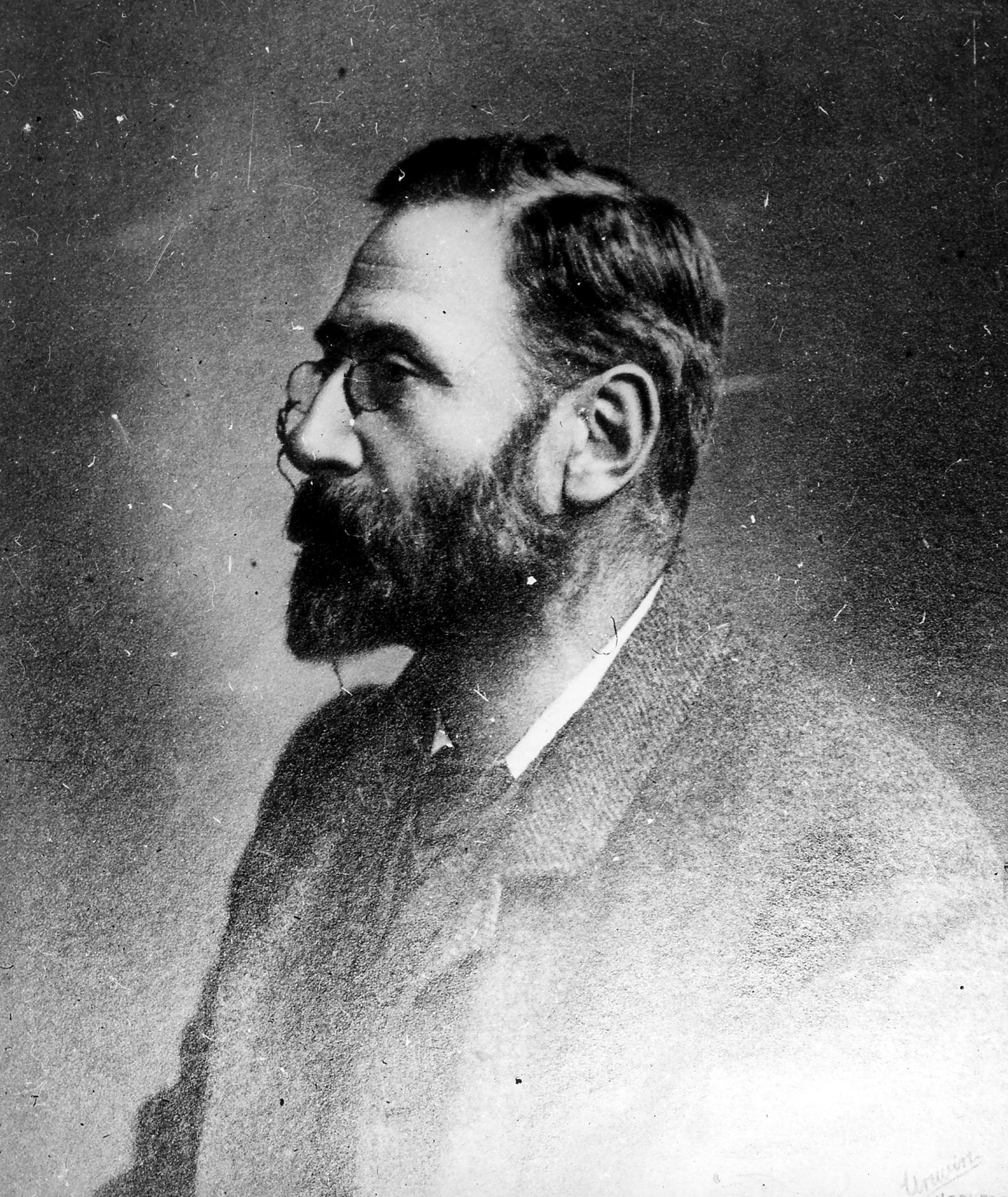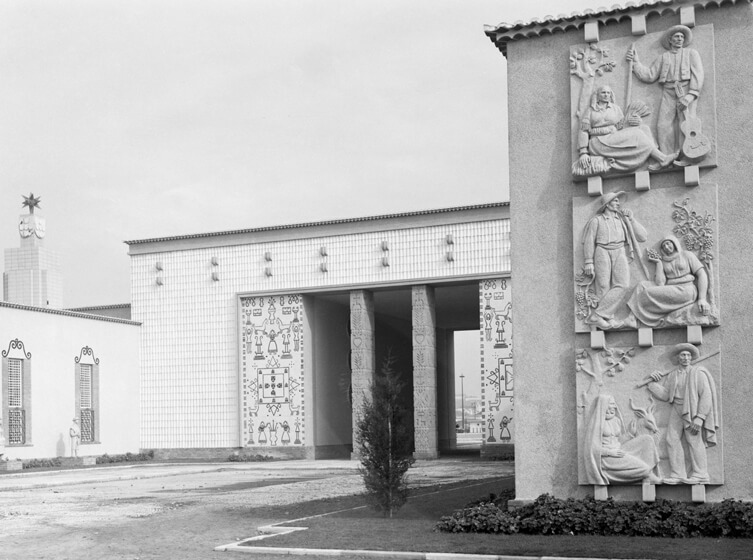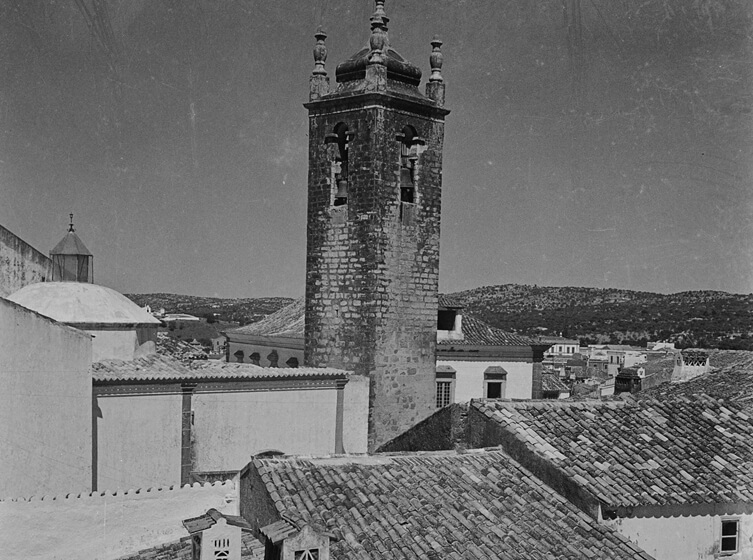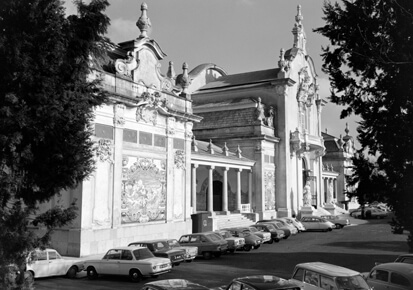- 1800Ancient Cultures and Spiritual Alignments
Ancient cultures (Aborigines, Native Americans, Maya) built sacred sites along energy lines, like songlines, kivas, and sacbeob, for rituals and healing.
- 1999
- 1846Observations of Reverend Edward Duke
The idea that ancient sacred sites might have been constructed in alignment with one another was not entirely new. In 1846, the Reverend Edward Duke had observed that some prehistoric monuments and medieval churches aligned with each other.
- 1999
- 1909Observations of Wilhelm Teudt
In Germany, a similar notion emerged in 1909. Wilhelm Teudt had argued for the presence of linear alignments connecting various sites but suggested that they had a religious and astronomical function. In Germany, the idea was referred to as "Heilige Linien" ('holy lines'), a concept that was later adopted by some proponents of Nazism.
- 1999
 1921A Beacon of Renaissance: Unveiling the Birth of Artistic Brilliance
1921A Beacon of Renaissance: Unveiling the Birth of Artistic BrillianceWatkins observes alignments of prehistoric sites, linking them to spiritual figures like Hermes, resonating with global cultural paths.
- 1999
 1968Bruce Cathie’s Atomic Grid
1968Bruce Cathie’s Atomic GridCathie’s harmonic grid connects ley lines to universal energy, echoing Aboriginal and Maya energy beliefs.
- 1999
 1975Becker-Hagens’ Planetary Grid
1975Becker-Hagens’ Planetary GridThe UVG 120 Polyhedron maps sacred sites globally, including Aboriginal and Maya sites, as a cosmic energy matrix.
- 1999
 1980Modern Spiritual Interpretations
1980Modern Spiritual InterpretationsLey lines are mapped globally, used for planetary healing, with parallels in Aboriginal, Native American, and Maya practices.
- 1999
Neueste Beiträge
Neueste Kommentare
Archive

Social Media Links
This error message is only visible to WordPress admins
Error: No feed found.
Please go to the Instagram Feed settings page to create a feed.



